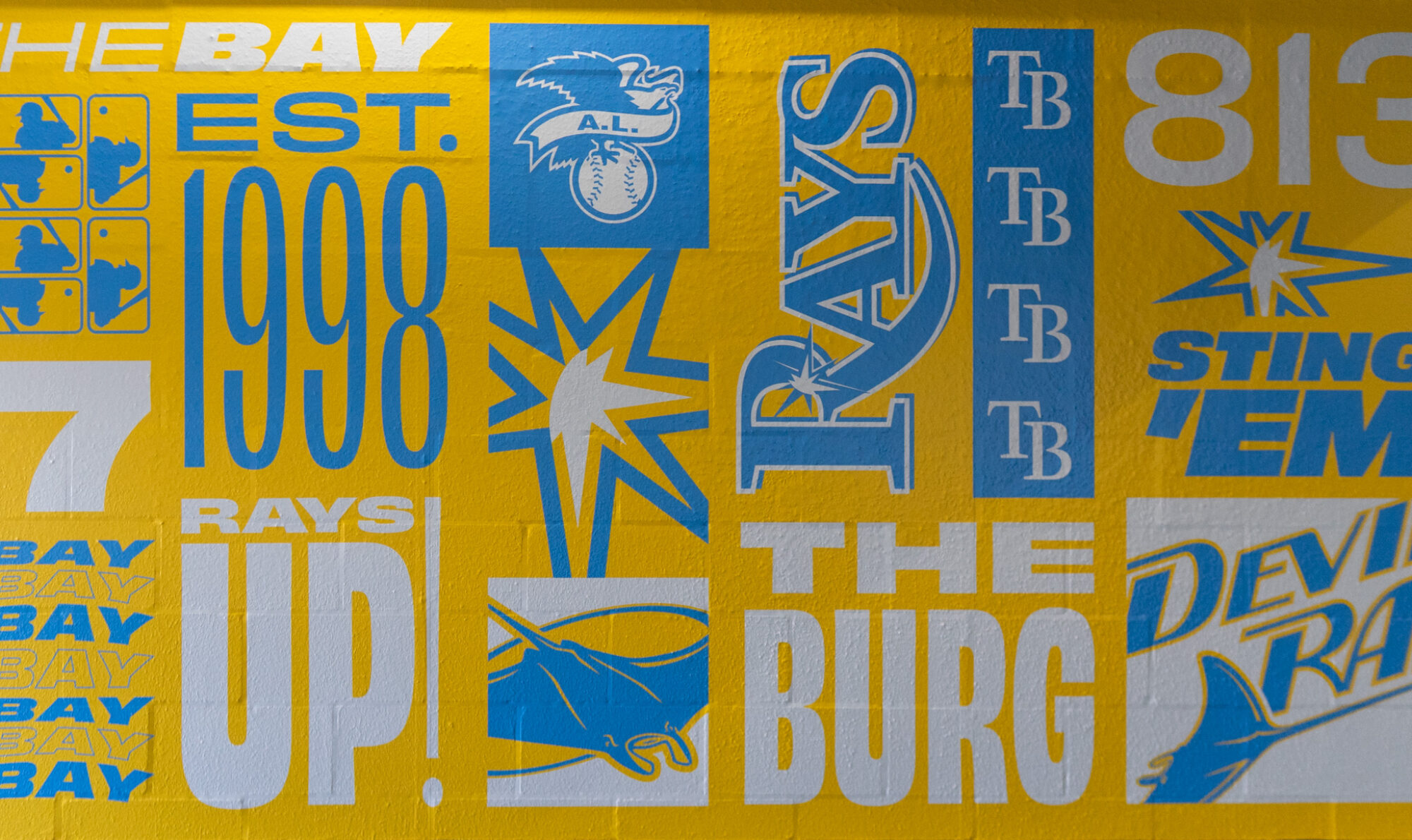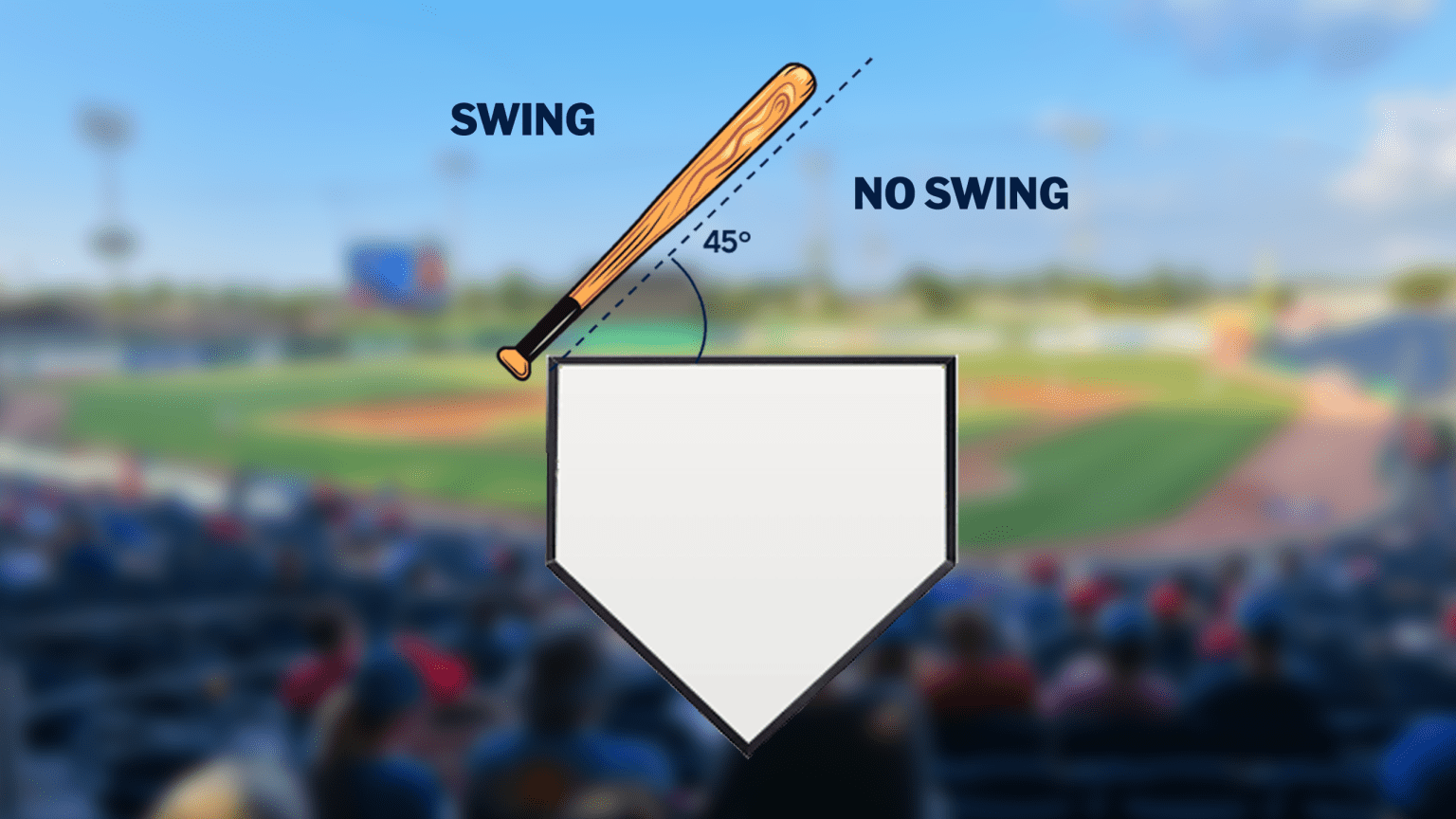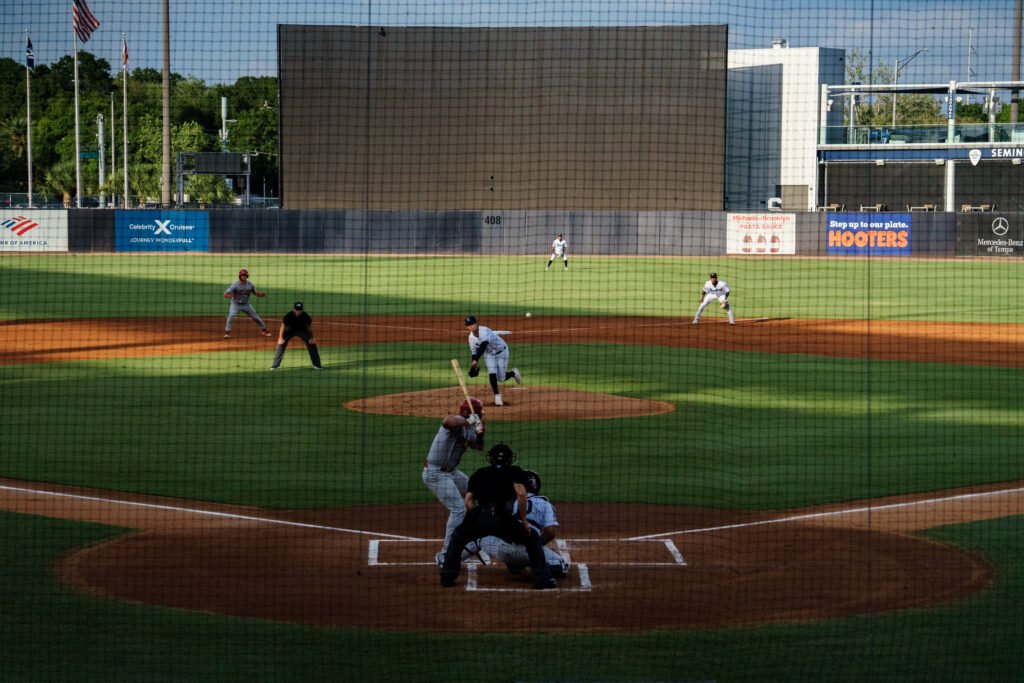The similarities between the Yankees’ owned-and-operated Tampa Tarpons and the Major League Club have been very apparent in August, after the Tarpons won the 4-game set in Fort Myers (Twins), and they had an incredibly lopsided win versus Bradenton (Pirates) to open their last home stand of the season on Tuesday night. A significant part of Tampa’s recent success has been on the back of 2025 1st round selection Dax Kilby, who since recording his first pro hit on August 14, has gone 12-for-30, hitting .400/.471/.500/.971 in the past 7 games with 2 doubles, a triple, and 6 RBI, including a 4-for-5 night with 3 RBI and a triple on August 26. .400/.471/.500/.971
Kilby’s late season performance is similar to that of which the Major League Yankees are experiencing with Giancarlo Stanton. In the last 15 games, Stanton is hitting 17-for-37, good for a .459/.535/1.108/1.643 and has driven in 18 RBI. Obviously, they’re two totally different hitters, and I’d be plenty happy to see consistent contact from Kilby if it’s not the insane kind of power that Stanton provides the Yankees, but both have been having an incredible past few weeks.
The Yankees have done incredibly well drafting shortstops the past few years, with their #1 prospect as their 2023 1st round pick, George Lombard Jr, doing decently well in Double-A Somerset (.208/.330/.339/.669). Then we get to Volpe, who did decently well in the Minors, like Lombard, but is one of the worst hitters in baseball, currently.
Anthony Volpe’s story was one that tugged on your heartstrings. The kid that grew up in Manhattan with Derek Jeter as his idol, then in a borough just outside where the Somerset Patriots play, was selected as a 1st round pick in 2019 by the Yankees. He debuted with (then) Short Season Pulaski in the Appalachian League in 2019, hitting .215 in 34 games. Draftees don’t typically do well their first year as they adapt to pro ball, so that’s a stat that one could usually toss aside.
He made his full-season debut in 2021, splitting exactly half the season with Low-A Tampa for the first 54 games and 55 games with High-A Hudson Valley.
In 2021, he slashed .294/.423/.604/.1.027. His performance that season got both scouts and fans excited about the potential that Volpe had. He was completing plays efficiently, but still recorded 13 errors that season between Tampa (6) and HV (7). He would duplicate that in 2022, recording 13 errors between Somerset (11) and Scranton/Wilkes-Barre (2). Both his offensive and defensive performances have only worsened since his Minor League career, though, with Volpe recording 17 errors in 2023, 16 in 2024 and 17 to date in 2025. While Volpe only spent 22 games in AAA, he hit similarly there to what he did last year: .236/.313/.404/.717 in 22 G, 24.7 K% in AAA; .243/.274/.400/.674, 26.7 K% in MLB, 2024.
However, while this season by Volpe seems worse than any others on the surface, in many respects, it is still better than that of his rookie campaign. It’s definitely fair to say that that’s a low bar. While the batting average is similar (.204 to date versus .209 in 2023), he has more doubles (26 vs 23), more RBI (65 vs 60), and is striking out at a better rate (26.8% vs. 30.9%). While obviously those numbers aren’t spectacular, and he’s most definitely in a slump of some kind of late, hitting 18-for-106 in his last 30 games (.170/.207/.368/.575), it’s possible that the changes to his swing mechanics are what’s causing the decline in offensive performance.
Returning to the Tarpons and Yankees, both teams have not had a spectacular last few weeks in the standings, with Tampa sitting at 2nd from last in their division at 9.5 GB, despite going 6-4 in their last 10 games, and have been a .500 team in August (11-11). The Yankees, having played one more game than Tampa, are at an incredibly similar 12-11 (.522). Where things start to differ is when you look at the run differential. The Yankees have a positive run differential of over 100, while the Tarpons are +30 on the season.
Both the Yankees and Tarpons have unreliable bullpens. Case in point: On August 28, Allen Facundo threw 4 shutout innings, only allowing 2 hits and 5 walks, but reliever (and former two-way player) Josh Tiedemann came in to relieve Facundo, and gave up 3 runs in 2 IP, blowing any chances of the Tarpons winning since they only scored one run.
Where does that sound familiar? Maybe you can refer to Luis Gil’s game on August 21 vs. Boston where he went 5 IP, allowed 1 ER (2 R) on 4 H and 5 BB with 3 K but got no run support. Further, Camilo Doval came in behind him, and recorded a blown save (his 6th!) by allowing 1 run (earned) on 2 H and a BB. Like the Tarpons’ situation, the Yankees failed to provide their pitching any run support.
While it’s fair to criticize a minor league team in certain respects (the Tarpons have been frustrating to watch at times), one needs to remember that the farm teams exist purely to develop young men into potential Major League talent. It’s a gamble. I don’t think anyone predicted that Ben Rice would be performing as well as he is in the Majors when he took his first few ABs in the Yankees system in 2021. He looked impressive while he was in Tampa, but not this impressive. On the flip side, considering Volpe was named Florida State League Player of the Month for June 2021 on his last month in Tampa, he looked every bit the superstar he was touted to be.
Do we, both fans and media, need to give Volpe a little more time to figure things out? I think that time has ended. His stats are consistent, and this is who he is. The Yankees can possibly unlock something, since, after all, they have 5+ years of video and analytics to look at. There truly is no good option here, especially when you look at possibly sending him down to AAA or even AA, other than sitting him for a while as they possibly work on things in the background, and they play Jose Caballero instead.
Where do the Tarpons fit in here? They have a similar shortstop situation. They also have a shortstop/2B that’s been very inconsistent the past two seasons, and that’s likely why he’s been passed up on promotions over others like Lombard, named Roderick Arias. In July, he slashed .213/.330/.375/.705 and drove in 13 RBI in 80 AB. In August so far, he’s slashing .298/.392/.429/.821 with 14 RBI in 84 AB. Compare that to the .155/.302/.254/.556 slash he had in April. It’s just like last season, too.
The Yankees need to take a hard look at their team and the organization as a whole, as there are too many consistencies between the Tarpons and Yankees, plus their shortstop situation with the two teams is rather ironic. On behalf of both fans and media, this needs to happen soon, because too much talent is going to waste in the Bronx and too many of those guys deserve a ring.




